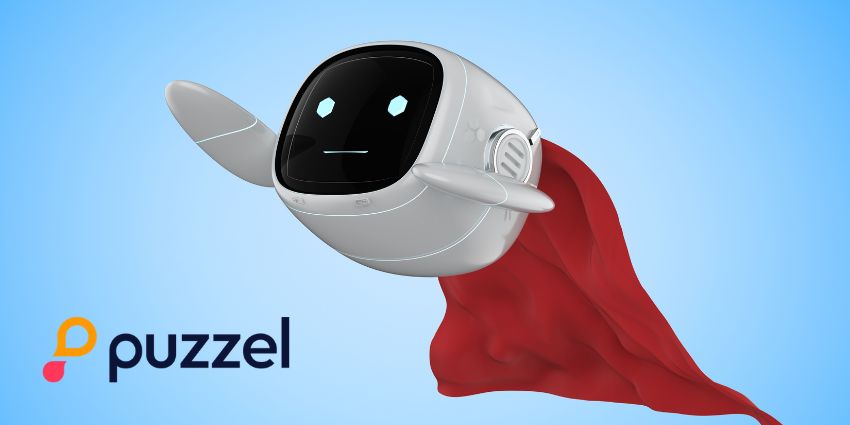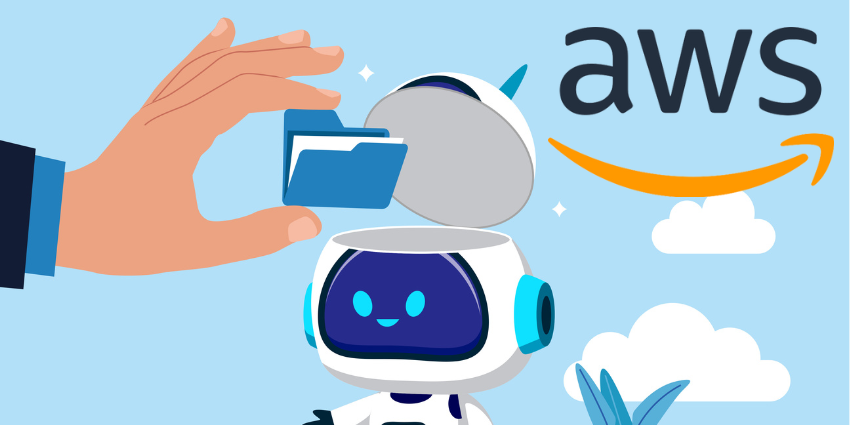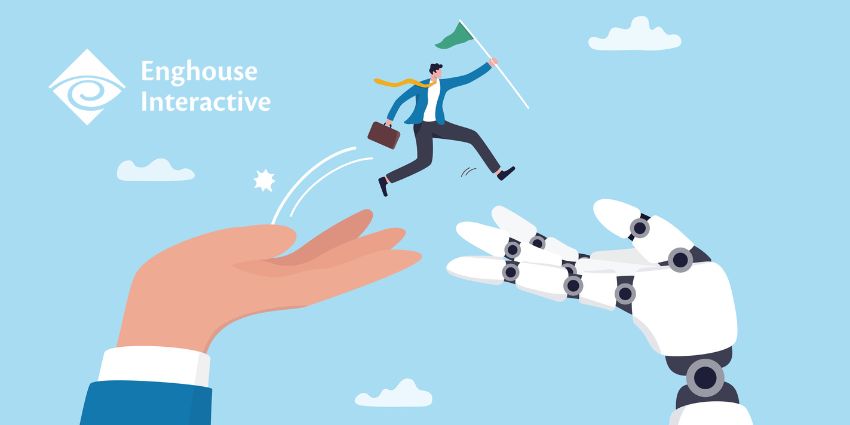Failure demand isn’t a new concept, but it is one that CX teams often overlook.
It’s the kind of interaction that clogs up your lines, eats into agent time, and chips away at customer satisfaction.
It isn’t because someone is asking for help; it’s because something has already gone wrong. And more often than not, the problem didn’t start in the contact center.
“You’re getting demand that’s not necessarily fixable in the contact center,” explains Simon Adnett, VP of Sales for the UK&I / EMEA at Enghouse Interactive.
It’s happening because a process has gone wrong in another part of the business. But your agents are the ones dealing with it – over and over again.
It’s a cost, both in terms of time and money, that doesn’t show up neatly on your dashboards. And because it’s caused by issues outside of CX, it’s often ignored.
With the rise of AI-powered analytics and quality monitoring, failure demand is finally becoming visible. This means that, for the first time, it’s also fixable.
Not All Demand is Good Demand
Most contact center leaders know the shape of their demand. What they often miss is the quality of it.
Some contacts are productive. When a customer needs support, a quote, or an update, that’s value demand.
But when someone’s calling because they didn’t get a delivery, or because they’re chasing an SLA that’s already slipped, or because a repair wasn’t done when promised, that’s failure demand.
And it stacks up fast.
Adnett details how “most contact centers have the same challenge.
“ You have significant demand coming in and a headcount that often doesn’t match.
“So what do you do? You look at automation, at AI, at anything to close that gap. But if a chunk of that demand is self-inflicted? You’re solving the wrong problem.”
Failure demand has a unique sting.
It doesn’t just waste resources; it actively damages the customer experience. And the frustrating part is that it usually originates somewhere else entirely.
Broken Processes, Missed Promises, and the Domino Effect
Failure demand rarely looks like a neat root-cause ticket.
It will often surface as a repeat call, a chase-up, or a vague question that usually starts with: “just checking on…”
These instances all sound harmless enough until you spot the pattern.
Although it can often be attributed to a logistics issue, sometimes it’s internal friction where data hasn’t been passed between teams or responsibilities are unclear.
In these scenarios, while SLAs are technically being hit, customers are still unhappy, as Adnett explains:
It might be a supplier issue or a breakdown between teams. But the result is the same: unnecessary, preventable contact.
And most of the time, it slips under the radar.
Why Traditional QA Misses the Signs
One major reason customer service and experience teams miss failure demand is that most QA programs sample just a fraction of total interactions.
Some companies analyze just one or two percent of their interactions. This is enough to check a compliance box, but not enough to spot recurring friction.
“I remember a CX leader sharing how they’d built a strong QA team, invested in tools, everything,” says Adnett.
“But the complaints kept coming. So they brought in auditors, who systematically went through every interaction over a set period and found the issue . It was a broken process.
“Customers were falling through the cracks.”
Small samples give you surface-level reassurance. They don’t reveal the systemic issues that drive failure demand and cause damage to your brand. For that, you need a much wider lens.
The AI Difference: From Gut Feel to Hard Evidence
This is where AI shifts things. Properly applied, it can analyze 100 percent of your interactions – not just for what’s said, but how it’s said, and why.
It can look at the sentiment of the call, including any sentiment shift, and provide a categorisation of what types of interactions are driving the most positive or negative sentiment and the volumes associated with those.
Adnett sums this up nicely, detailing how “AI lets you turn the micro into the macro,” and allows users to “spot the hotspots, then dive into the detail.”
With automated sentiment analysis, category detection, and heatmap-style dashboards, teams can quickly surface recurring issues.
“You can see the warning,” he adds. “You know where the problem is. That’s your starting point for fixing it.”
Clarity in Context: Real-World Use Cases
In discussing specific examples of AI helping organizations to combat failure demand, Adnett points to Enghouse’s housing customers.
Whereas previously, repeated calls about repairs used to blend into the noise; now, they’re being correctly flagged, not just as service requests, but often as signs of deeper complaints or systemic issues.
Adnett expounded on this, noting:
“Sometimes what looks like a simple query is actually a complaint in disguise. AI helps bring that clarity.”
Once organizations have that insight, they can address the problems by improving processes, holding third-party suppliers accountable, or fixing persistent issues in their service delivery model.
The Real ROI: Less Firefighting, More Resolution
Like any AI implementation, how it impacts a business’s bottom line will always be important.
Cutting failure demand reduces contact volume, frees up agent capacity, improves first-contact resolution, and cuts the cost to serve.
Fixing failure demand also helps boost NPS because fewer customers are stuck in loops, and more get the resolution they wanted the first time around.
What’s Next: From Insight to Action
So, what’s next for failure demand?
Adnett sees a future where AI isn’t just diagnosing failure demand, but helping triage and, in some cases, resolve it.
With the right integrations, technologies like agentic AI and RPA could handle certain issues automatically.
“I think there’s potential,” he says.
“But you don’t want AI with free rein over resolutions. That’s where human oversight remains essential.”
He’s also cautious about generalist AI models, arguing that companies need to deploy specialist tools that are trained on the right domains, or else they risk missing “the nuance that makes failure demand so tricky to catch.”
You can learn more about failure demand and Enghouse Interactive’s full suite of services and solutions by visiting the website today.
You can also gain more insights into Enghouse Interactive’s AI approach by reading this CX Today article and watching this exclusive interview with Simon Adnett.







